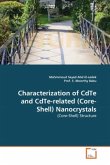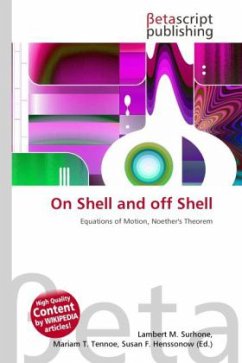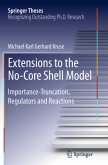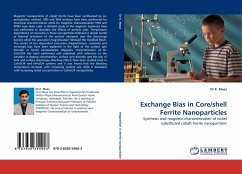In the early history of quantum physics, classical
mechanics was modified with certain rules, in order
to obtain agreement with new experiments. An
important example is the
model of the
hydrogen atom by Niels Bohr in 1913,
which could explain
measured absorption lines. Some hundred years later,
methods based on
classical mechanics, still turn out to be
very powerful tools in understanding experiments with
many quantum systems.
In a fermionic many-body system, treated in the
mean-field approximation,
the single-particle spectrum determines the
shell-structure i.e. the
ordered bunching of individual energy levels. An
important example is the
electronic shell-structure for atoms, which forms the
basis of the
periodic table.
For systems with a larger number of particles,
super-shell structures,
i.e. long range order of the shell-structure, may
emerge. Observations of this effect have been
achieved e.g.
in clusters of
metallic atoms. Within a semiclassical approach, the
(super-)
shell-structure can be explained in an elegant way in
terms of different classical periodic orbits.
Here this concept is further developed and applied to
systems being close to a harmonic oscillator.
mechanics was modified with certain rules, in order
to obtain agreement with new experiments. An
important example is the
model of the
hydrogen atom by Niels Bohr in 1913,
which could explain
measured absorption lines. Some hundred years later,
methods based on
classical mechanics, still turn out to be
very powerful tools in understanding experiments with
many quantum systems.
In a fermionic many-body system, treated in the
mean-field approximation,
the single-particle spectrum determines the
shell-structure i.e. the
ordered bunching of individual energy levels. An
important example is the
electronic shell-structure for atoms, which forms the
basis of the
periodic table.
For systems with a larger number of particles,
super-shell structures,
i.e. long range order of the shell-structure, may
emerge. Observations of this effect have been
achieved e.g.
in clusters of
metallic atoms. Within a semiclassical approach, the
(super-)
shell-structure can be explained in an elegant way in
terms of different classical periodic orbits.
Here this concept is further developed and applied to
systems being close to a harmonic oscillator.








